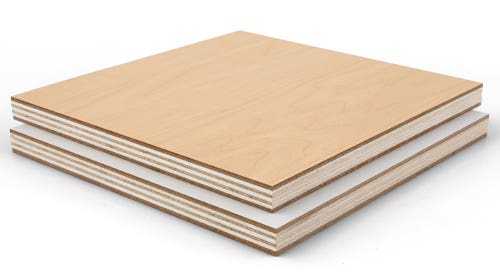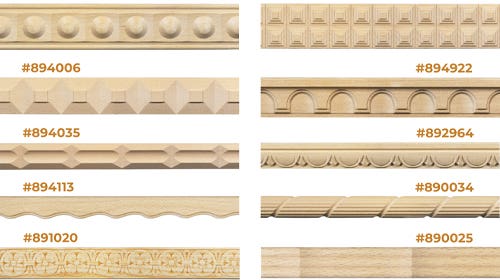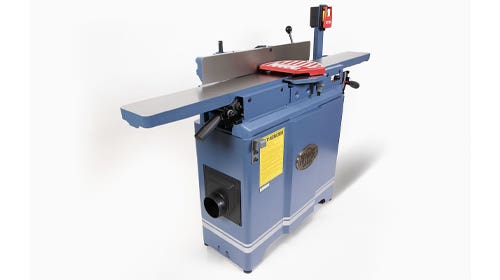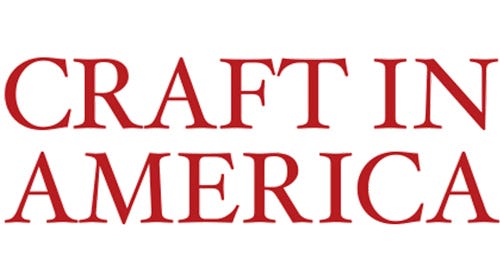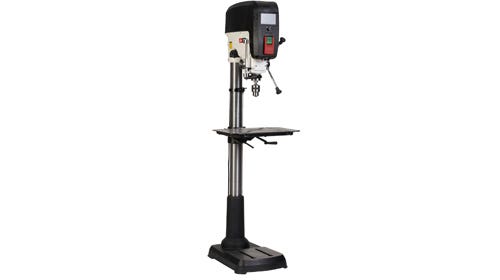Duncan Phyfe is showcased at the Met
The Metropolitan Museum of Art will host the exhibition, “Duncan Phyfe: Master Cabinetmaker in New York,” through May 6. Organized chronologically, the exhibition will present the life and work of…
The Metropolitan Museum of Art will host the exhibition, “Duncan Phyfe: Master Cabinetmaker in New York,” through May 6. Organized chronologically, the exhibition will present the life and work of the early 19th century New York City cabinetmaker Duncan Phyfe through drawings, documents, personal possessions and furniture. Portraits of his clients and contemporary depictions of New York City street scenes and domestic interiors will provide a glimpse into Phyfe’s milieu.
The first retrospective on Phyfe in 90 years, it will serve to reintroduce this influential master craftsman to a contemporary audience, according to the museum.
The exhibition at the Erving and Joyce Wolf Gallery and the Israel Sack Galleries of the American Wing brings together nearly 100 works from private and public collections throughout the United States. Highlights of the exhibition include some never-before-seen documented furniture that has directly descended in the Phyfe family, as well as the master cabinetmaker’s own chest of woodworking tools.
The exhibition’s furniture was produced in Phyfe’s Fulton Street workshops, which stood on the site of the former World Trade Center.
“The full sweep of his long and distinguished career will be featured, including examples of his best-known furniture from the period 1805-20, which was influenced heavily by early English Regency design; his more opulent, monumental and archaeologically correct Grecian style of the late 1810s and 1820s, sometimes referred to as American Empire; and his sleek, minimalist late work of the 1830s and 1840s known as the Grecian Plain style, based largely on French Restoration furniture design,” according to a museum release.
“A poor immigrant when he arrived in America in the early 1780s from his native Scotland, Phyfe acquired wealth and fame through hard work and exceptional talent both as a craftsman and a businessman. Throughout the first half of the 19th century, he made neoclassical furniture for the social and mercantile elite of New York, Philadelphia and the American South. His personal style, characterized by superior proportions, balance, symmetry and restraint became the local style for at least two generations in New York. Many apprentices and journeymen exposed to this distinctive style by serving a stint in the Phyfe shop or by copying the master cabinetmaker’s designs helped to create and sustain this local school of cabinetmaking. Demand for Phyfe’s work reached its peak around 1815-1820. He remained the dominant figure in his trade into the 1840s and his eventual retirement in 1847 at the age of 77.”
A video featuring some of the techniques used in the Phyfe workshop, including relief carving and turning, will be shown in the exhibition.
Contact: The Metropolitan Museum of Art, 1000 Fifth Ave., New York, NY 10028. Tel: 212-535-7710. www.metmuseum.org
This article originally appeared in the February 2012 issue.


